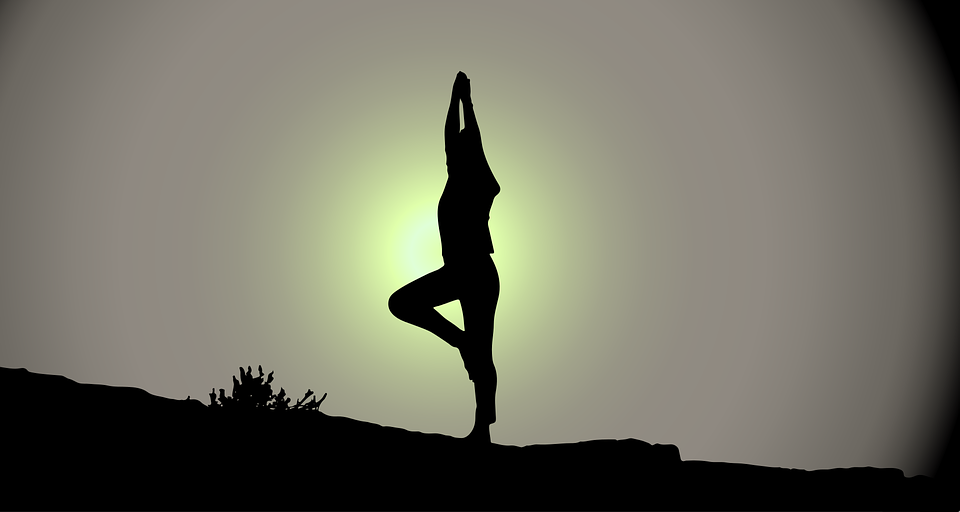Most of our celebrities with the enviably tiny waist like Kim Kardashian, Jessica Alba, swear by waist training.
Waist training, also known as waist cinching became popular in the 1900s, first in Europe and then in America. It spurred by the invention of the corset, which was replaced later by the girdle.
Waist Training
When waistline modification started, at first the corset was worn on the outside of the clothing and seen as a fashion statement. As the practice of waist cinching grew in popularity, women began to wear girdles and cinchers as undergarments, especially in the flapper era when women desired a boyish, youthful figure.
Shapewear is still in trend today, though often in the form of Spanx, which is much less constricting and used to slim the body while creating a smoother figure.
The popularity of waist trainers is on the rise once again, and a number of our celebrities and models have recently admitted to using the garments to achieve a smooth figure.
Waist training is the practice of wearing a constricting garment
such as a corset or shapewear to reduce the size of your waistline.
Every woman wants a very sexy waistline, but before you start thinking of getting yours, you should know the benefits and dangers of waist cinchers.
The practice of waist training involves wearing a corset-like device for hours at a time to compress your core, which will supposedly decrease the size of your waist permanently over time.
How safe is waist training?
The concept of waist training to carve the perfect figure doesn’t sound entirely safe.
Experts generally agree that there’s no way it can really work—and it might do real bodily harm. “Medically, it doesn’t make sense that cinching your waist tightly will make it permanently smaller,” says Mary Jane Minkin, M.D., clinical professor of ob-gyn at Yale School of Medicine. “Once you take the garment off, your body will return to its usual shape. It’s also uncomfortable, restricts your movements, and if you wear it really tight, it can even make it difficult to breathe and theoretically could cause rib damage.”
Not if you’re looking for anything more than temporary results, says Caroline Apovian, M.D., professor of medicine at Boston University School of Medicine and a spokesperson for The Obesity Society. “If you’re going out and want to look really thin, I don’t see a problem with wearing one of these for an evening,” she says. In fact, wearing a waist trainer may even help boost some women’s confidence and encourage them to exercise and eat healthily. “If you look in the mirror and like what you see, it can potentially be a good thing.”But as for the claims that these devices can actually reshape the body or trigger fat loss, there’s no evidence.“In my opinion, that is complete nonsense,” Dr. Apovian says.
“Waist trainers won’t have any lasting effect on waist size, shape, or appearance. They’ll make you look slimmer while you wear them, but you may have to put up with some discomfort—and maybe even some health risks—in return.”
Personally, I have no experience with waist clinchers, but I have two friends who complain about the discomfort is causes them when they wear it to outings.
One of them complained of the inability to breathe well. She said her breaths were quick and shallow – much like the breathing experienced during a panic attack and her ribs bruised.
One good thing about waist clincher is how it corrects sitting posture. If you have a bad habit of slouching, the corset forces you to stand up straight and sit tall.

